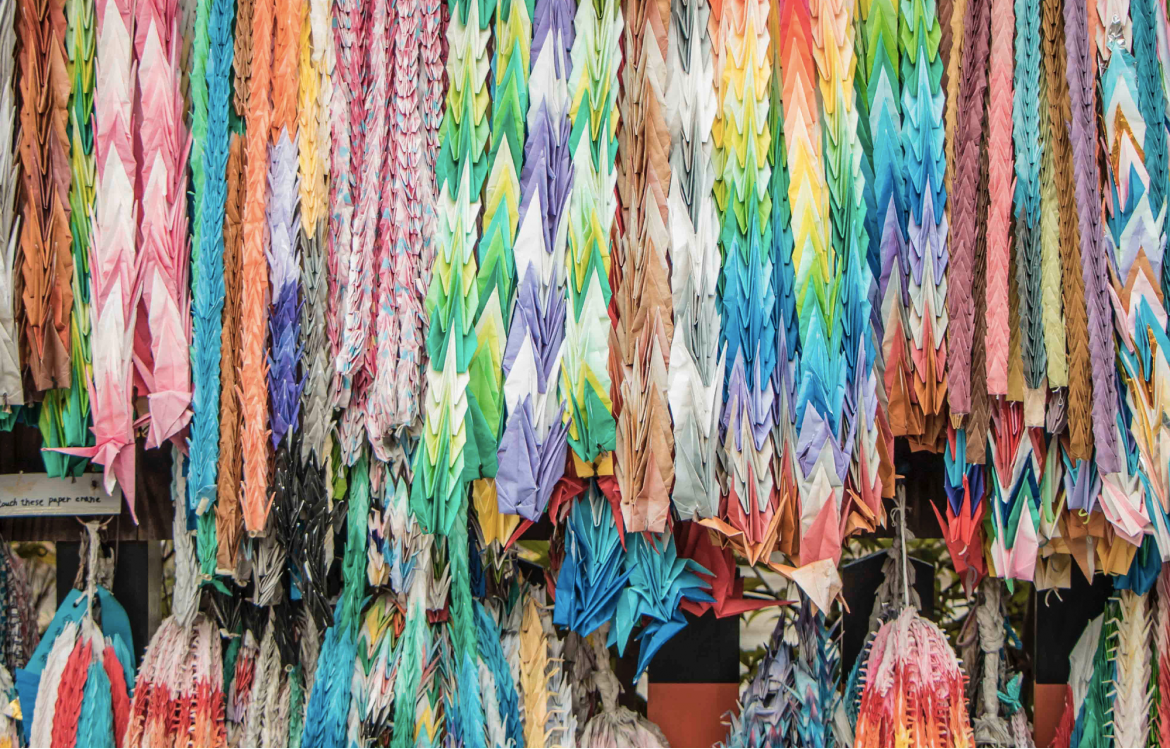
The dark synthetic processes of the textile industry
Because no cotton, wool or silk is naturally duck blue or anise green. In the industrial textile sector, after the choice of raw material, the spinning and weaving, the fabric is ennobled and then dyed. The fiber is first bleached, before receiving nonylphenol ethoxylates, azo dyes, phthalates, formaldehyde and other products with barbaric names used by industrialists for the synthetic dyeing of clothes. The manufacture of one kilo of petrochemical dye requires about 100 kilos of petroleum residues, 10 kilos of strong acids and 1000 liters of water, according to Pili, a company specialized in the manufacture of biocolorants.
The chlorine and heavy metals found in pigments, chlorinated solvents and acids are both volatile and not easily biodegradable, so they pollute air, water and soil. These chemicals are, moreover, the cause of cancers, autism, infertility for those who handle them in the relocated factories of the South, where the multinationals of the sector take advantage of labor laws and regulations that are not very restrictive
Vegetable dyeing versus synthetic dyeing
The textile industry and its synthetic dyes are based on petrochemical processes, which are often opposed to vegetable dyeing processes. Laura Chantebel, founder of Fibre bio, which commercializes textiles dyed according to this know-how, specifies: “chemical is not synonymous of synthetic nor of toxic”. There is chemistry when “molecules join together”. On the other hand, the type of chemistry used distinguishes synthetic dyes from vegetable dyes. Synthetic dyeing was born when scientists were able to find in each plant the molecule that is at the origin of a color, before replicating it infinitely. The “natural chemistry” as for it does not operate of monochrome selection. In each vegetable support that it uses, a multitude of pigmentary molecules of various colors mix. Thus, the red obtained by processes of vegetable dyeing will be full of nuances, which the synthetic dyeing cannot reproduce: in the red, oranges, yellows, and greens which dominate more or less according to the light.
To dye a fabric, the dyer first makes a bath where he immerses the plants, fruits, flowers, roots, barks, minerals. During the infusion phase, the dyeing molecules will be released. The decoction stage gives all its intensity to the dye. The mordanting prepares the fiber to receive the natural pigment. Once the bath and the fabric are ready, the dyer performs the fusion: he immerses the textile in the solution. By playing with the temperature and duration of the bath, he obtains the desired color and shades.
A model incompatible with the textile industry?
Vegetable dye is often criticized for not knowing how to fix the colors on the clothes durably. A criticism that Laura Chantebel sweeps away. Of course, time changes the shades, but they remain intense when the know-how is mastered, “tapestries and old clothes exposed in museums, whose colors have remained intact and very beautiful” are the proof. Laura recognizes that this technique always includes a dose of the unexpected, of randomness. So, when brands of mass distribution contact her, she is “the first to say that the specifications are not tenable. In the same way, the scales and volumes specific to the ecological vegetable dyeing are incompatible with those of the textile industry today.
To go beyond the artisanal scale and become a credible alternative in the eyes of mass retailers, only a monoculture and intensive production of selected plants – citrus fruits, hibiscus flowers, grapes, spinach, beets, etc. – would meet the demand. – would meet the demand. The dyeing would remain vegetable… but would not be ecological anymore if it exceeded small volumes of production. The meticulousness of its manipulations, the slowness of its rhythms and the restricted volumes of its production impose to the brands which work with dyeing craftsmen higher production costs, and thus selling prices which do not compete with the giants of the fashion. The only garments dyed using non-toxic processes remain exceptional goods. Laura clarifies, however, that “just because [she] works in vegetable dyeing [doesn’t mean she] thinks it’s the only way” to green this segment of the textile industry.
The technical route and the use of living things to create textile and dye it would be a way forward. In 2018, in an article for Socialter, the creators of the start-up Pili explained their bet to raise colonies of “sugar-eating bacteria in the laboratory that produce blue molecules,” but also red or green. Through an alliance between fermentation and chemical processes, they manage to “free themselves from oil and polluting chemicals”. In March 2021, the company announced that it had received a new wave of investment, bringing the total amount invested to 10 million euros. In its press release, the company explains its objective to continue to scale up and expects to enter the qualification phase in 2022 – the last step before the launch of industrial production.
Read the full article on Socialter
